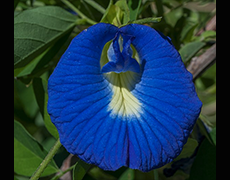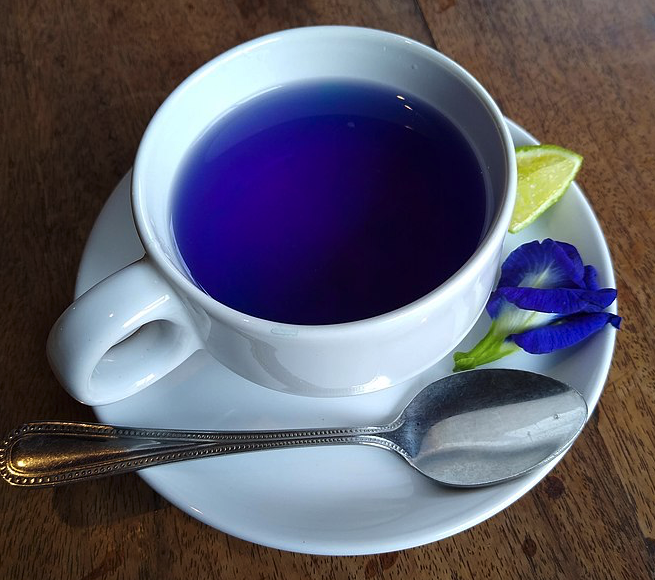
Butterfly pea flower, also known as Clitoria ternatea or blue pea flower, is a beautiful and unique plant native to Southeast Asia. With its vibrant blue color and alleged health benefits, it has become increasingly popular in recent years, particularly in the form of blue matcha.
Blue matcha is made by steeping dried butterfly pea flowers in hot water, creating a naturally caffeine-free tea that has a slightly sweet, earthy flavor. Its bright blue color has made it a popular ingredient in recipes for colorful smoothie bowls, cocktails, and latte art.

Aside from its unique color and flavor, blue matcha is believed to have various health benefits. It contains antioxidants that help to protect the body against cellular damage and aging. It may also help to reduce inflammation, improve cognitive function, and promote healthy digestion.
Butterfly pea flower has been used in traditional medicine for centuries and is associated with various spiritual and cultural beliefs.
In Thai culture, it is commonly used in a blue-colored drink called “Nam Dok Anchan” served to couples on their wedding day to bring them good luck and a happy marriage.

In some parts of Indonesia, planting the flower around the house is believed to bring financial success and good fortune.
In Hinduism, the butterfly pea flower is associated with Lord Shiva and is used in various religious ceremonies. It is also believed to have the ability to ward off evil spirits.
In some cultures, it is believed that seeing a butterfly pea flower blooming on the morning of one’s birthday is a sign of good luck and a prosperous year ahead.

